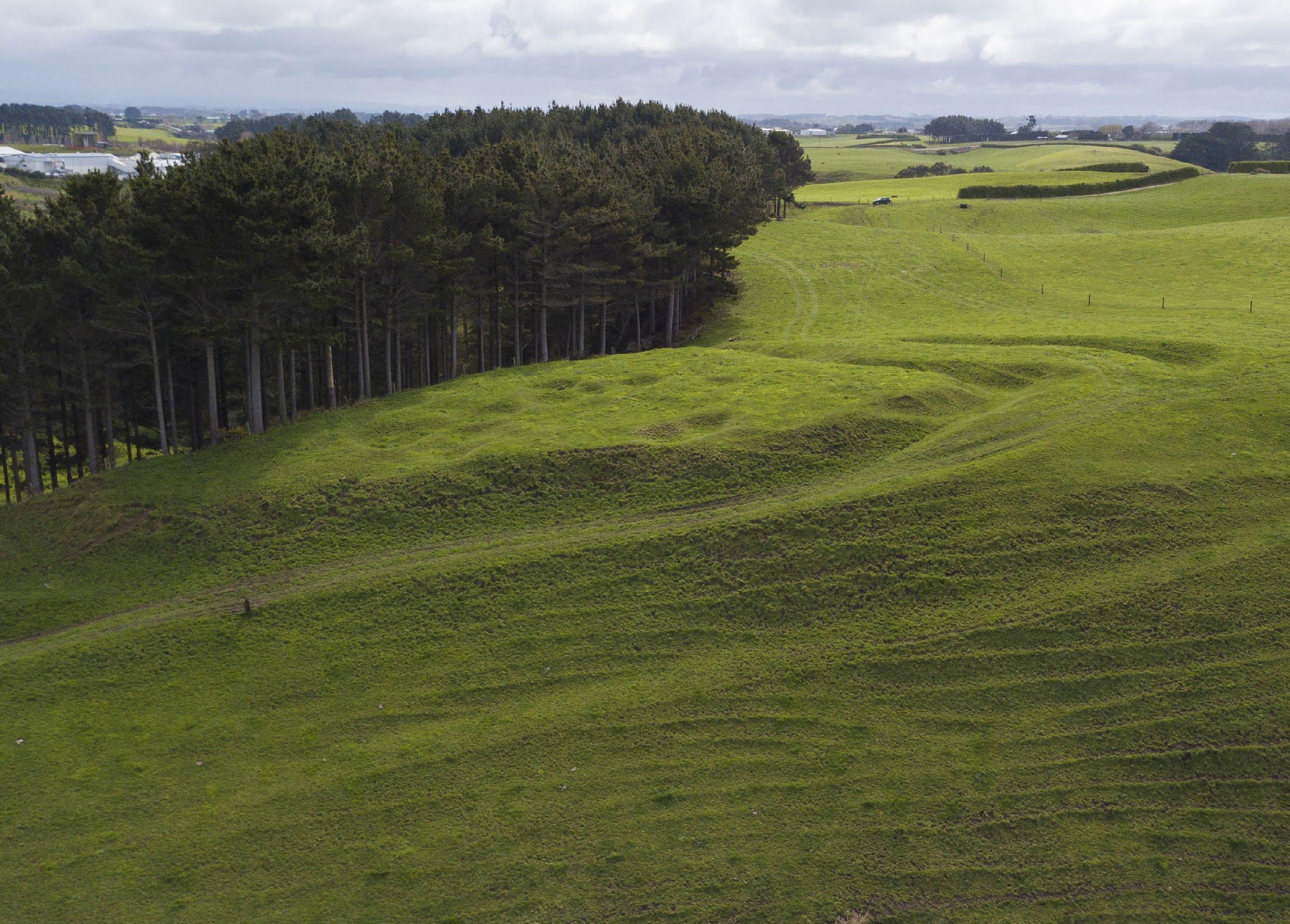
2 minute read
Wāhi tapu project launched
Reconnecting Taranaki Māori with their whenua is the driving force behind a project to identify wāhi tapu sites on PKW farms.
The two-year project will initially identify wāhi tapu on the 3800 hectares of land that the Incorporation manages.
“It is important that we start with the land that we are working on right now, so any sites identified can be given immediate attention. After that is done, we will then move onto the rest of the lands that are currently being leased,” says Mitchell Ritai, PKW General Manager Shareholder Engagement. “Our farmers want to know whether there are wāhi tapu on the land they work on, and if there are, how they can ensure those spaces are cared for.”
The project aligns with the values and aspirations outlined in the Kaitiakitanga Strategy, which puts special focus on environmental matters important to PKW shareholders such as water, flora and fauna and wāhi tapu.
Kōrero with kaumātua to gather historical and oral knowledge about wāhi tapu is an important part of the work which is being carried out. Two previous PKW Trust scholarship recipients are involved in the project.
Rere-No-A-Rangi Pope of Ngāruahine, who completed his Masters Degree in Software Development, has been brought on board to assist with the research element of the project. Aaria Dobson-Waitere of Ngaa Rauru who is the 2016 Charles Bailey scholar and has a Masters Degree in Conservation Science, will be assisting with the GIS mapping element of the project.
“We’re really excited to have both Rere-No-A-Rangi and Aaria on board. They whakapapa to Taranaki, they are smart, they are young and they are passionate about helping their people and the whenua,” says Mitchell.
“Once we have identified the sites, and captured the stories about them from our kaumātua, we will have to visually present the findings, so mapping is going to be a significant part of the project.”
Mitchell says the recent shareholder survey found that many wanted to reconnect with the whenua through visiting wāhi tapu and learning about the history of those sites.
“Walking on the whenua and learning the history of the wāhi tapu is a meaningful way for our whānau to connect to the land, so this project will not only help us identify those sites but also facilitate discussions on the best way to protect these sites of significance,” he added.










